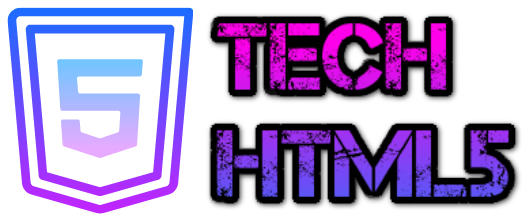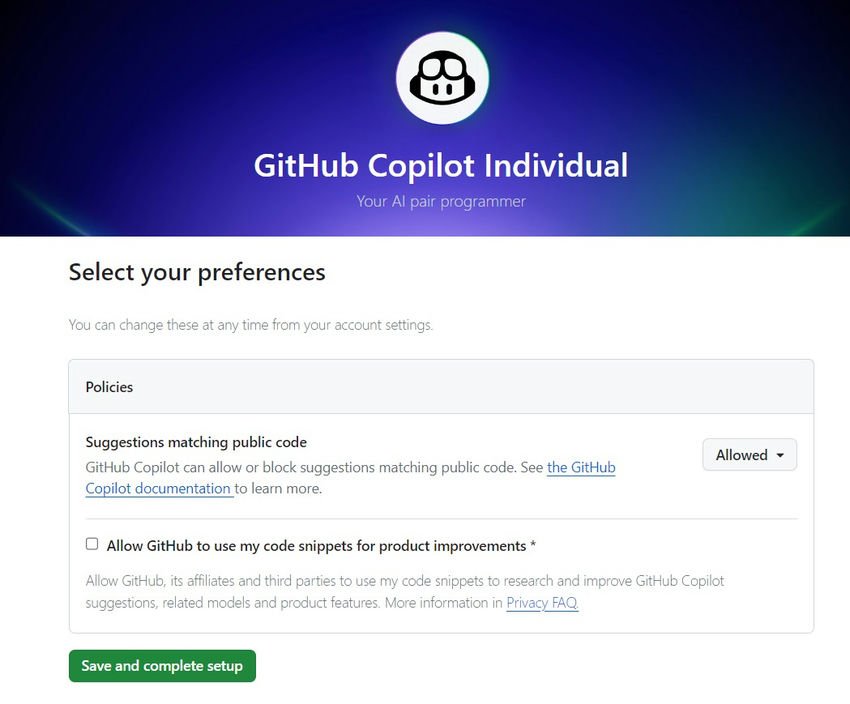Want to uncover who is sharing your data? With a few lines of code, you can regain control and protect your online privacy. By utilizing specific tools and techniques, you can identify the sources accessing your personal information. Stay ahead of the game and arm yourself with the knowledge of ‘code to know who is sharing my data.’ Let’s delve into the world of digital self-defense and take charge of your data security.
Unlocking the Mystery: Code to Know Who Is Sharing My Data
Welcome, curious minds! Have you ever wondered who is sharing your data when you browse the internet or use different applications on your devices? In today’s digital age, privacy and security are of utmost importance. Understanding how your data is being shared can help you take control of your online presence. In this blog post, we’ll delve into the world of coding and explore how you can use it to uncover the secrets of data sharing. So, grab your virtual detective hat, and let’s embark on this coding adventure together!
The Need for Transparency in Data Sharing
Before we dive into the world of code, let’s take a moment to understand why it’s essential to know who is sharing your data. In the vast landscape of the internet, companies and websites often collect and share data about users for various purposes. While some data sharing is necessary for services to function effectively, there can be instances where your information is being shared without your knowledge or consent.
By writing code to monitor data sharing activities, you can gain insights into which entities have access to your information. This transparency empowers you to make informed decisions about your online activities and take steps to protect your privacy.
Introduction to Coding for Data Monitoring
Now, let’s get our hands dirty with some basic coding concepts. Don’t worry; you don’t need to be a coding expert to follow along. We’ll guide you through the process step by step.
1. HTML Basics
HTML, which stands for Hypertext Markup Language, is the foundation of web development. It provides the structure for web pages by using tags to define elements like headings, paragraphs, and links. Let’s start by creating a simple HTML file where we can embed our monitoring code.
2. JavaScript for Data Tracking
JavaScript is a powerful programming language used to make web pages interactive. We can leverage JavaScript to track data sharing activities on a webpage. Below is a sample code snippet that logs data sharing events to the browser console.
// Sample JavaScript code for data tracking
document.addEventListener(‘click’, function(event) {
console.log(‘Data shared by: ‘ + event.target.innerText);
});
Implementing Data Monitoring Code
Now that we have a basic understanding of HTML and JavaScript let’s combine these concepts to create a simple data monitoring tool. Our goal is to track when data is shared by different elements on a webpage.
1. Setting Up the HTML Structure
Start by creating an HTML file and adding the necessary elements to monitor data sharing events. We’ll include a button and a text field to simulate data sharing interactions.
2. Javascript for Data Tracking
Next, let’s write the JavaScript code that captures data sharing events when the button is clicked. The code will display the shared data in the browser console.
// JavaScript code for data tracking
document.getElementById(‘shareButton’).addEventListener(‘click’, function() {
var sharedData = document.getElementById(‘dataField’).value;
console.log(‘Data shared: ‘ + sharedData);
});
Enhancing Data Tracking Capabilities
As you become more comfortable with coding for data monitoring, you can explore additional techniques to enhance the tracking capabilities. For instance, you can implement server-side scripts to log data sharing activities in a database or create visualizations to represent the sharing flow visually.
Remember, the key to effective data monitoring is continuous learning and adaptation. As technology evolves, so should your coding skills to stay ahead of the game.
Congratulations, young coders! You have now unlocked the secrets of monitoring data sharing activities using code. By understanding who is sharing your data, you are taking a proactive step towards safeguarding your privacy online. Keep exploring the fascinating world of coding, and remember to always question, learn, and innovate.
Until next time, happy coding!
And that concludes our journey into the realm of ‘Code to Know Who Is Sharing My Data.’ Remember, knowledge is power, and with the right tools and skills, you can navigate the digital landscape with confidence. Dive into the world of coding with curiosity and determination, and you’ll be amazed at what you can uncover. Stay tuned for more coding adventures and tips on data privacy and security. Happy coding!
I think someone is spying on my phone…
Frequently Asked Questions
How can I track who is sharing my data?
To track who is sharing your data, you can implement specific tracking codes in your website or app. These codes can capture information about data exchanges and provide insights into the sources sharing your data.
Are there tools available to help me identify data sharing activities?
Yes, there are various data monitoring and analytics tools that can help you identify data sharing activities. By integrating these tools into your systems, you can track the flow of data and pinpoint the entities involved in sharing your data.
What steps can I take to enhance transparency in data sharing?
To enhance transparency in data sharing, you can implement clear data sharing policies and consent mechanisms. By communicating openly with users about how their data is shared and obtaining explicit consent, you can establish trust and accountability in data exchanges.
Final Thoughts
In conclusion, by utilizing the code to know who is sharing my data, individuals can take control of their online privacy. With this proactive approach, users can monitor and track the flow of their personal information. Implementing this code empowers individuals to make informed decisions about their data privacy and security. It is essential to stay vigilant and use tools that provide transparency in today’s digital landscape.



